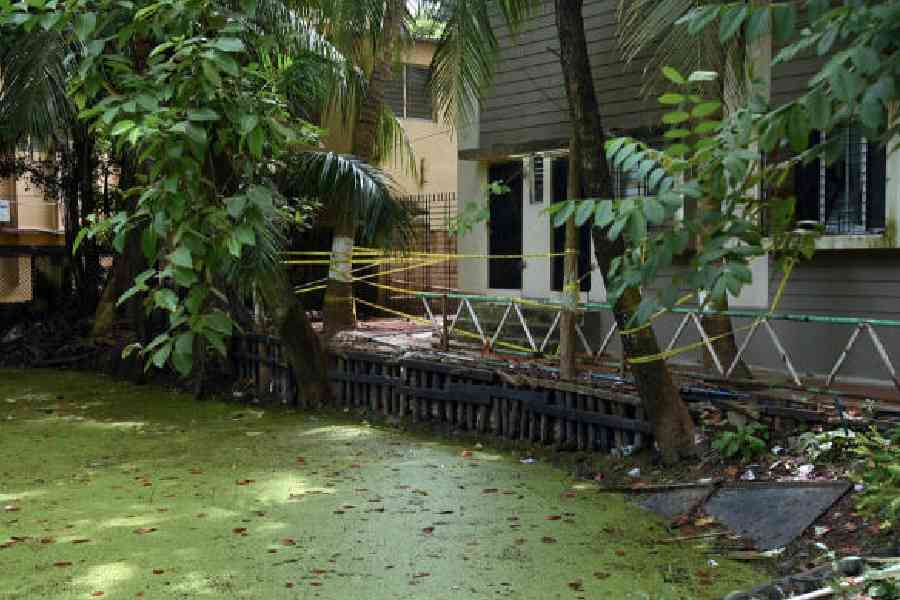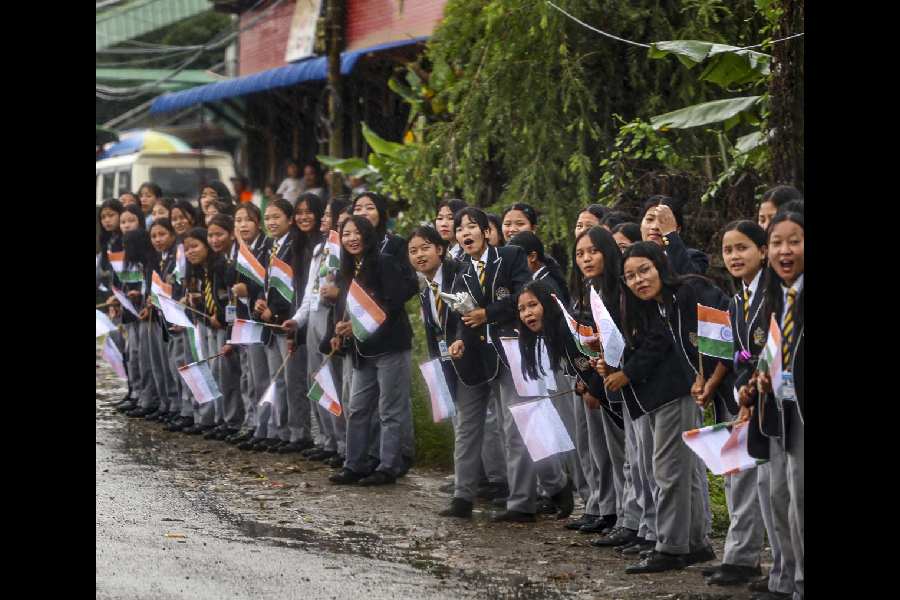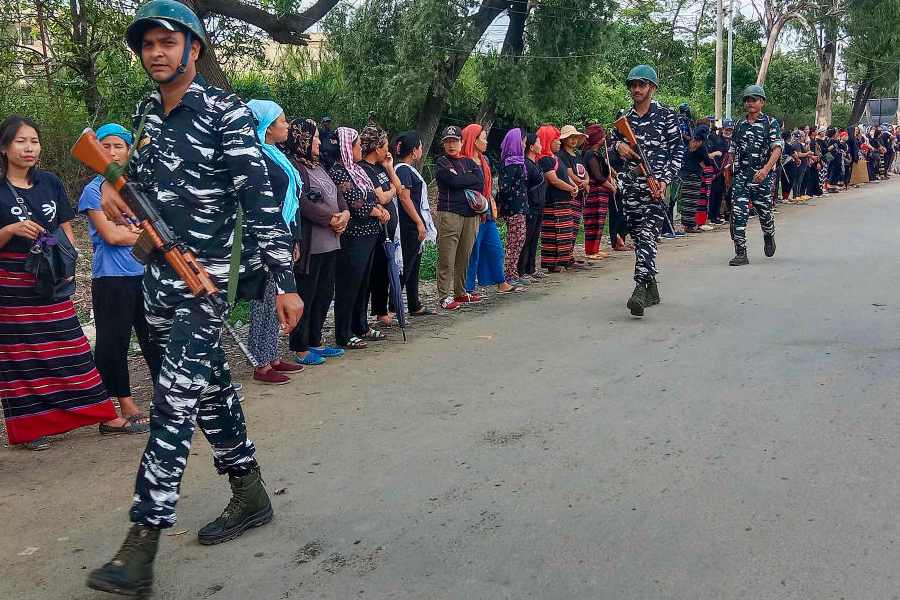 |
 |
| Nature’s booty: (top) A hill in the Western Ghats near Dharwar, and a trekking stretch near Jumbotti Falls |
Swinging down the ropes above the gushing waters of the Jumbotti Falls was an experience of a lifetime. Tarzan was certainly right in believing that the grass was greener on his side of the fence.
Not an avid trekker, a short trek on the plain lands of the Western Ghats along Dharwar suited me fine. A small, sleepy and prosperous town in the Hubli district of Karnataka, close to both Bangalore and Goa, Dharwar is famous for its falls. Jumbotti, Kanha-Pitti and Jog — the three ‘musketeers’ offer an adventurous yet easy trek for beginners. With a comfortable height of 2,000 ft and a pleasant climate round the year, the entire neighbourhood is a haven for jungle trekkers.
Romancing the jungle
Our starting point was about 120 km from the central Chowk from where we trekked down to the Jumbotti Falls before moving further down to the Kanha-Pitti Falls. The sheer splendour around was a rare, visual delight. The forests of the Western Ghats are exclusively virgin, with moderately dense foliage blocking the path and numerous rivulets gushing down at particular points with cashew nut trees, along with stretches of grassland, dominating the forest lands. An avid bird watcher, it was disheartening to know that there were no twittering birds to cheer us up. Instead, we were informed that these jungles were home to bears, monkeys and a variety of fauna, including poisonous snakes and insects. So we decided to change our plans and not trek after sunset.
Waterworld
After a backbreaking early morning trek of about two-and-a-half-hours, the silence of the forests was finally shattered by the roaring waters of the Jumbotti Falls. Soon our eyes caught the sparkling cascade peeping through the dense foliage. There it was, as imposing as an elephant. Not without reason, though. Jumbotti derives its name from the Jumbo elephant! However, appreciating the wild beauty was one thing and crossing the menacing waters was another thing.
The river tapers at the end of a steep three-kilometre slope, which had to be crossed by laying logs that worked as a temporary bridge. Initially, walking down the narrow bank, at points jumping across the narrow stream, was fun.
But getting to the bottom of the falls was not that easy. The only way to get down was swinging down a rope tied to a tree trunk. One false step or a slip would mean landing on a bed of sharp rocks.
Mission accomplished
Once we reached our destination, we realised we were famished. A light waterside meal was just what we needed, before moving on to our next destination, Kanha-Pitti Falls, about 20 km away. The terrain, though apparently similar to the one we had just covered, was actually very different from the Jumbotti Falls with little pools of water at its base.
By then, the drowsy sun added a red tinge to everything around. Happy to have stolen a peek into Nature’s booty, we were now on our way back with images of sheer splendour crowding our minds.
Trip tips
![]() Cleanliness: Do not disturb the ecological balance by littering the surroundings.
Cleanliness: Do not disturb the ecological balance by littering the surroundings.
![]() Route map: Make sure you follow the route map given by the forest department.
Route map: Make sure you follow the route map given by the forest department.
![]() Best time: The best time for a jungle trek is between October and February.
Best time: The best time for a jungle trek is between October and February.
![]() Clothing: Try and wear clothes that are in sync with jungle colours such as olive and green.
Clothing: Try and wear clothes that are in sync with jungle colours such as olive and green.
![]() Protection: The jungles of south India and north-east India are moist and infested with poisonous insects and leeches. Carry salt to ward them off and wear hunter boots instead of regular jogging shoes.
Protection: The jungles of south India and north-east India are moist and infested with poisonous insects and leeches. Carry salt to ward them off and wear hunter boots instead of regular jogging shoes.
![]() Permission: Almost all reserve forests in India are ideal jungle trekking grounds, but you have get permission from the forest department before setting out.
Permission: Almost all reserve forests in India are ideal jungle trekking grounds, but you have get permission from the forest department before setting out.










